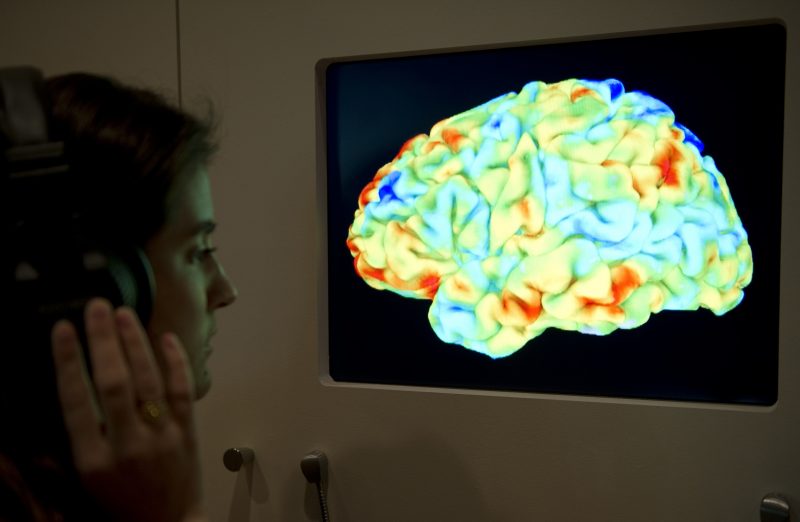
OAN’s Elizabeth Volberding
1:05 PM – Tuesday, February 20, 2024
There has not been any concrete data to support the long-held notion that men’s and women’s brains differ from each other until recently, according to a new study conducted by a group of researchers from Stanford University.
In a ground-breaking study released on Monday, a team of researchers from Stanford Medicine used artificial intelligence (AI) to examine how the brains of men and women differ from one another. Based on “hotspots” shown in brain scans, the system was more than 90% accurate in identifying the genders.
The brains of men and women do, in fact, work differently, according to evidence that depicts how sex and gender plays a huge part in how individuals think and act.
There has not been concrete proof of this idea until now, with Stanford researchers showing that it is possible to differentiate the sexes from one another based on energetic movement in “hotspot” areas in the brain.
Of the areas analyzed, key differences were shown in the brain’s “default mode network,” a region associated with introspection and memory retrieval that is believed to be the neurological center of the “self.” More differences were also spotted in the limbic system, which manages memory, emotion, and sexual stimulation, as well as the striatum, which affects “decision making functions, such as motor control, emotion, habit formation, and reward.”
The scientists utilized AI to distinguish between brain scan images, teaching the technology to identify distinct patterns that differ between the sexes. According to the experts, gender variations in the brain may have an impact on how men and women perceive themselves, relate to others, and remember prior experiences.
The findings were published on Monday in the journal Proceedings of the National Academy of Sciences, and the most recent research revealed that “sex plays a crucial role” in cognitive development, aging, and neurological disorders.
The study’s author, Vinod Menon, a professor of psychiatry and behavioral sciences, who also serves as director of the Stanford Cognitive & Systems Neuroscience Laboratory, made a statement regarding the research.
“This is a very strong piece of evidence that sex is a robust determinant of human brain organization,” study author Vinod Menon said in a statement, adding that “overlooking sex differences in brain organization” could make it more difficult to diagnose and treat mental disorders.
“A key motivation for this study is that sex plays a crucial role in human brain development, in aging, and in the manifestation of psychiatric and neurological disorders,” said Menon. “Identifying consistent and replicable sex differences in the healthy adult brain is a critical step toward a deeper understanding of sex-specific vulnerabilities in psychiatric and neurological disorders.”
Approximately 1,500 scans were displayed to the AI model during testing, and it was able to identify whether they had belonged to a man or a woman with 90% accuracy, indicating the possibility of sex-based differences in the brain.
The scientists then went one step further and created a different model that, using the previously discovered sex-based differences, could forecast individuals’ results in behavioral tests. They found that these functional variations in the brain could have a significant influence on behavior when testing the model.
The question of whether male and female brains are closer to being similar or different has long been a controversial topic among the world’s top scientists.
The researchers expect that this research may show and improve the understanding of the neurological or psychological variations between the sexes. For instance, women are more prone to experience depression than men are, while men are more likely to deal with addiction problems.
The study’s findings also technically refute the views of those who hold that society and culture are to blame for gender differences between the sexes.
The Stanford University study’s “hotspots” are “important parts of the social brain,” according to Gina Rippon, author of “The Gendered Brain” and emeritus professor of cognitive neuroimaging at the Aston Brain Centre in the United Kingdom, who spoke to the Telegraph outlet.
“The key issue is whether these differences are a product of sex-specific, biological influences, or of brain-changing gendered experiences. Or both. Are we really looking at sex differences? Or gender differences?” Rippon said. “Or, acknowledging that almost all brain-shaping factors are dynamically entangled products of both sex and gender influences, are we looking at what should be called sex/gender differences?”
Stay informed! Receive breaking news blasts directly to your inbox for free. Subscribe here. https://www.oann.com/alerts

